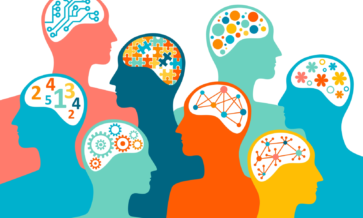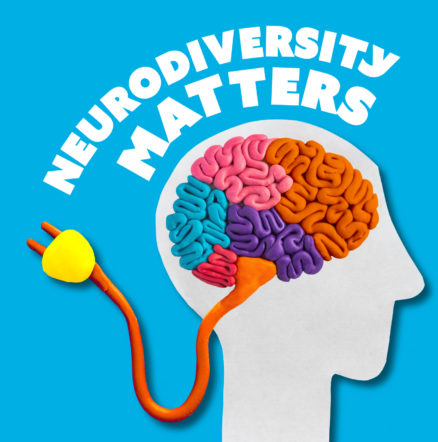The Neurodiversity News
VOL 1. No 1. | Baku, Azerbaijan, TISA | Friday, October 1, 2021
VOL 1. No 1. | Baku, Azerbaijan, TISA | Friday, October 1, 2021
VOL 1. No 1. | Baku, Azerbaijan, TISA | Friday, October 1, 2021
What is Neurodiversity?
Neurodiversity refers to the differences in brain structure, chemistry and functioning that lead to cognitive, sensory, and emotional variations in people. As with other human heterogeneity, these differences can lead to a variety of different outcomes, strengths and needs. Diversity, including neurodiversity, is what makes each of us unique and gives our species the remarkable capacity to invent and adapt to changing circumstances.

Neurodiversity is also the idea that neurological differences should be recognized and respected as a critical part of our genetics and evolution as a species. As Dr. Devon MacEachron explains, when most people think of diversity, they think of things like race, culture, gender or sexual orientation. However, diversity further includes divergence in the human brain regarding sociability, learning, motor skills, attention, processing, memory, mood, sensitivity and other mental functions.
Neurodiversity Should be Celebrated!

Who is Neurodiverse?
⦿ Highly able or gifted and talented (G/T) are also considered neurodiverse individuals. The neural pathways leading to this diagnosis are manifold, and so are the children’s resulting learning needs.
⦿ ‘Twice exceptional’ or ‘2e’ are intellectually gifted people who also have one or more learning differences. Twice-exceptional children think and process information differently. Like many other G/T people, 2e individuals may be more emotionally and intellectually sensitive than the neurotypical.
⦿ People with learning difference(s) such as: ADHD, ADD, Dyslexia, Dysgraphia, OCD, Dyscalculia, Autism Spectrum Condition, Auditory & Sensory Processing, Anxiety, Nonverbal, Verbal and Language LD’s
Brain differences are normal and neurodiverse people experience, interact with, and interpret the world in unique and important ways.
In fact, neurodiversity can be seen as a competitive advantage- the infinite variation in neurocognitive functioning within our species allows for remarkable creativity and innovation!
References
Austin, Robert, and Gary Pisano. “Neurodiversity as a Competitive Advantage.” Harvard Business Review, nos. May-June 2017, May 2017, pp. 96-103. Accessed 1 Oct. 2021.
“Human Neurodiversity Should Be Celebrated, Not Treated as a Disorder | Op-Ed | NowThis.” YouTube, uploaded by Now This News, Google, 23 July 2018. Accessed 1 Oct. 2021.
Matthews, Dona, Ph.D. “Neurodiversity and Gifted Education.”
Psychology Today, 31 July 2021. Accessed 1 Oct. 2018.
Spikins, Penny. “What Role Did Autism Play in Human Evolution?” SAPIENS, 9 May 2017, . Accessed 1 Oct. 2021.
“Twice Exceptional: Definition, Characteristics and Identification.”
Davidson Institute, 31 May 2021, . Accessed 1 Oct. 2021
Copyright 2021 © Joanna Brown Babich
Disclaimer: Although the content is well-researched, referenced and sometimes based on professional and personal experience, it does not constitute medical advice.
technical support AndreyBabich.com